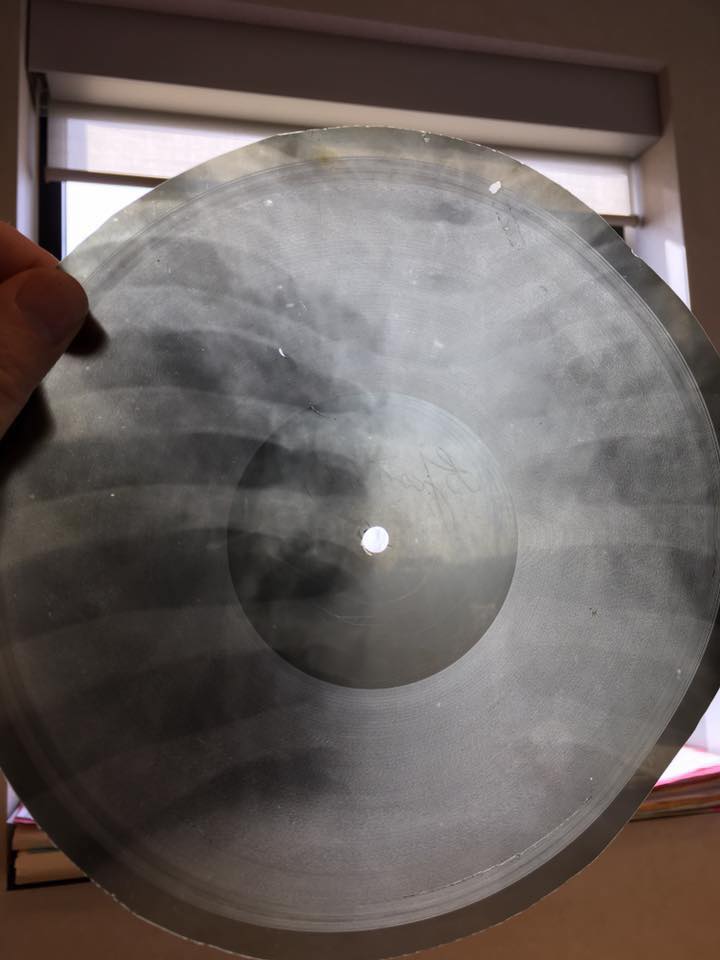Bone music
In post WWII Russia, Stalin banned the possession of any western music. All records allowed in the country had to be of Russian composers. But there was an underground hungry for Western popular music—everything from jazz and blues to rock & roll. But smuggling vinyl was dangerous, and acquiring the scarce material to make copies of those records that did make it into the country was expensive and very risky.
An ingenuous solution to this problem began to emerge in the form of “bone music," or sometimes called "bones 'n' ribs" music, or simply Ribs.
A young 19 year-old sound engineer Ruslan Bogoslowski in Leningrad changed the game when he created a device to bootleg western albums so he could distribute them across Russia. Problem was he couldn't find material to bootleg his pressings onto, vinyl was scare as were all petroleum products after the war. Then, one day he stumbled upon a pile of discarded X-rays. It worked. At the time, Russian law mandated that all X-rays had to be destroyed after 1 year of storage because they were flammable so he dug through trash bins and paid off orderlies for x-rays and for 20 years he handmade about 1,000,000 bootlegs onto X-ray film of everything from classical to the Beach Boys, eventually spending five years imprisoned in Siberia for this rebellion.
For over 20 years, Bone Music was the only way Russian music lovers could get western music, which they played at "music and coffee parties" in their kitchens, away from the KGB ears and eyes.
This is a 78 rpm recording of the Indian Song "Awaara" by Raj Kapoor on an exposed Chest X-ray. Probably around 1951. Each Rib, was handmade, and one of a kind.
Bone Music. A testament to the underground courage to subvert authority, rebellion, and the love of music. The spirit of rock n roll.
Credit to: Ripple Music
